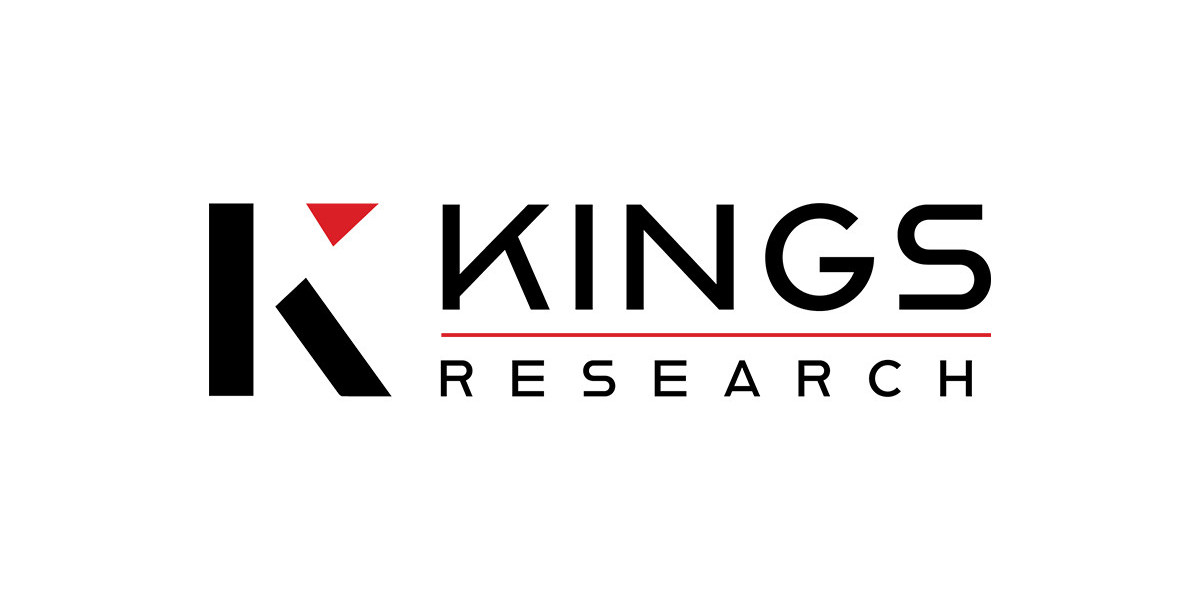PostgreSQL has emerged as a preferred choice for database management in .NET applications due to its robustness, extensibility, and compatibility. Integrating PostgreSQL with .NET applications requires a systematic approach and an understanding of the tools and techniques available within the .NET ecosystem.
- Choosing the Right Data Access Technology: .NET developers have several options for interacting with PostgreSQL databases, including ADO.NET, Entity Framework Core, and Dapper. Each technology has its strengths and use cases. ADO.NET provides low-level access to database objects, ideal for fine-grained control over database operations. Entity Framework Core offers a high-level ORM framework, simplifying data access through object-relational mapping. Dapper, a micro-ORM, focuses on performance and efficiency, making it suitable for scenarios requiring raw SQL execution.
- Installing PostgreSQL Drivers: Before working with PostgreSQL in .NET applications, developers need to install the necessary drivers and libraries to establish a connection. The Npgsql .NET Data Provider is a popular choice for interacting with PostgreSQL databases from .NET applications. It provides comprehensive support for PostgreSQL features and ensures seamless integration with .NET development environments.
- Configuring Connection Strings: Establishing a connection to a PostgreSQL database requires specifying connection parameters such as the server address, port number, database name, and authentication credentials. Developers typically define connection strings in configuration files or environment variables to facilitate easy configuration management and deployment flexibility.
- Implementing Data Access Logic: Once the connection is established, developers can implement data access logic to perform CRUD operations (Create, Read, Update, Delete) on PostgreSQL tables. When using ADO.NET, developers execute SQL commands directly using NpgsqlCommand objects, allowing for precise control over database interactions. Entity Framework Core simplifies data access by abstracting the database schema into entity classes and providing LINQ support for querying data.
- Handling Transactions: Transactions play a crucial role in ensuring data consistency and integrity in .NET applications. PostgreSQL supports ACID (Atomicity, Consistency, Isolation, Durability) properties, allowing developers to execute multiple database operations within a transaction scope. By encapsulating related database operations within a transaction, developers can maintain data integrity and roll back changes in case of errors or failures.
- Optimizing Performance: Effective performance optimization strategies are essential for maximizing the efficiency of .NET applications interacting with PostgreSQL databases. Techniques such as connection pooling, query optimization, and index usage can significantly enhance application performance and scalability. Additionally, developers can leverage asynchronous programming techniques to improve responsiveness and resource utilization.
By following these best practices and leveraging the capabilities of PostgreSQL and .NET technologies, developers can seamlessly integrate PostgreSQL databases into their .NET applications. Whether building web applications, microservices, or enterprise solutions, mastering PostgreSQL integration empowers developers to create robust, scalable, and performant applications that meet the demands of modern software development.















